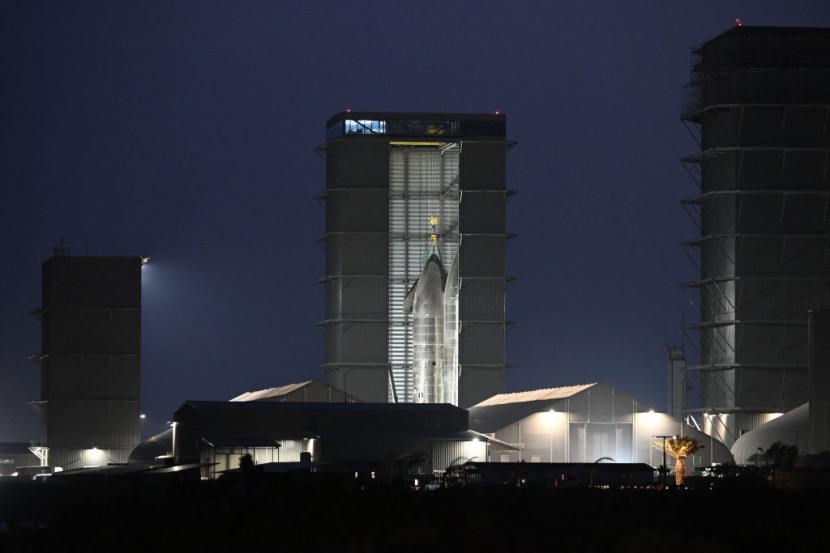A mysterious swirl of light seen in the night sky that shone over parts of Alaska, Yukon, and the N.W.T on the weekend was striking and odd. For a brief moment, the swirl of light even upstaged the aurora borealis, as reported by CBC.

The Phenomenon
A bright, blueish-white spiral of light seemed to get stronger and brighter briefly before it disappeared.
It turns out the phenomenon was a cloud of unspent fuel from a SpaceX rocket. A physicist from the University of Alaska said it had nothing to d with the aurora borealis. Instead, it was by a SpaceX rocket.
It didn't take long for the physicist to realize that there had been a launch from a base in California a few hours before and would have been on its second orbit, over Alaska, at around the time people saw the spiral.
The spiral is caused by the vapor of unspent fuel ejected from the rocket and is visible under the right conditions. Most of the time, when they are done with their mission, they will eject some of their propellants. When it goes out into space, and the sun shines on it, it can be seen in the sky if it's dark on the ground.
Also read: NASA, SpaceX Launch TEMPO Satellite To Monitor Earth's Air Pollution
Environmental Concerns
Rocket launches are an awe-inspiring sight to behold. The sheer power and speed of a rocket launch can leave us breathless. However, the environmental impact of rocket launches is often overlooked. One of the most significant environmental concerns associated with rocket launches is the vapor of unspent fuel that is released into the atmosphere.
When a rocket is launched, it burns fuel to gain altitude and speed. However, not all of the fuel is consumed during the launch. Some of the fuel is left over and is released into the atmosphere in the form of a vapor. This vapor is composed of chemicals and compounds that are harmful to the environment.
The most common chemicals found in the vapor of unspent fuel include nitrogen oxides, carbon monoxide, and hydrochloric acid. These chemicals are harmful to both the atmosphere and the ozone layer. When these chemicals are released into the atmosphere, they can react with other chemicals to form smog and acid rain.
The impact of the vapor of unspent fuel on the environment is not limited to the immediate area around the launch site. The vapor can travel long distances and can have an impact on the environment far from the launch site. For example, the vapor from a rocket launch in the United States can travel across the Atlantic Ocean and impact the air quality in Europe.
To address the environmental impact of the vapor of unspent fuel, rocket scientists are working on developing new technologies that allow rockets to burn fuel more efficiently. For example, some rockets are now using liquid oxygen as a propellant, which is more efficient and produces less harmful vapor than traditional fuels.
Additionally, launch sites are located in areas that minimize the impact on the environment. For example, launch sites are often located in areas that are sparsely populated or in remote areas that are far from sensitive ecosystems.
Related article: NASA Considering SpaceX Assistance in Event of Emergency That Could Leave ISS Astronauts Stranded








